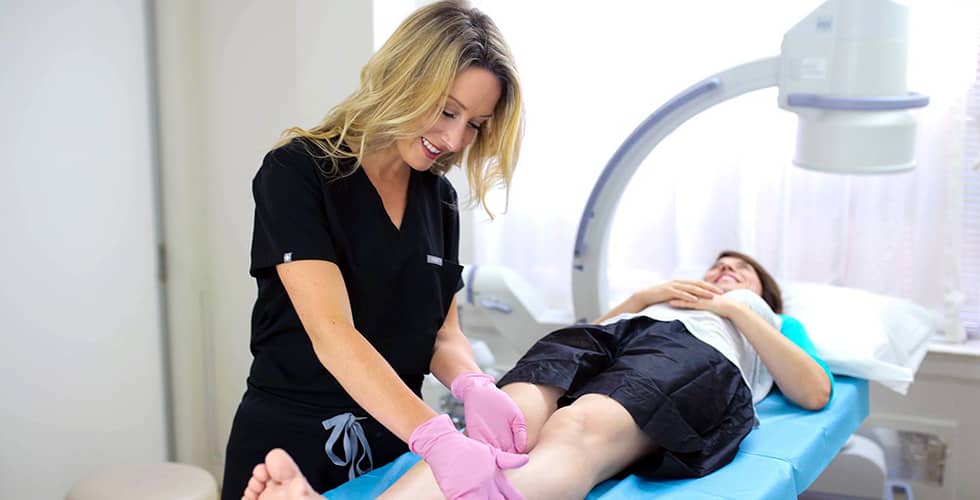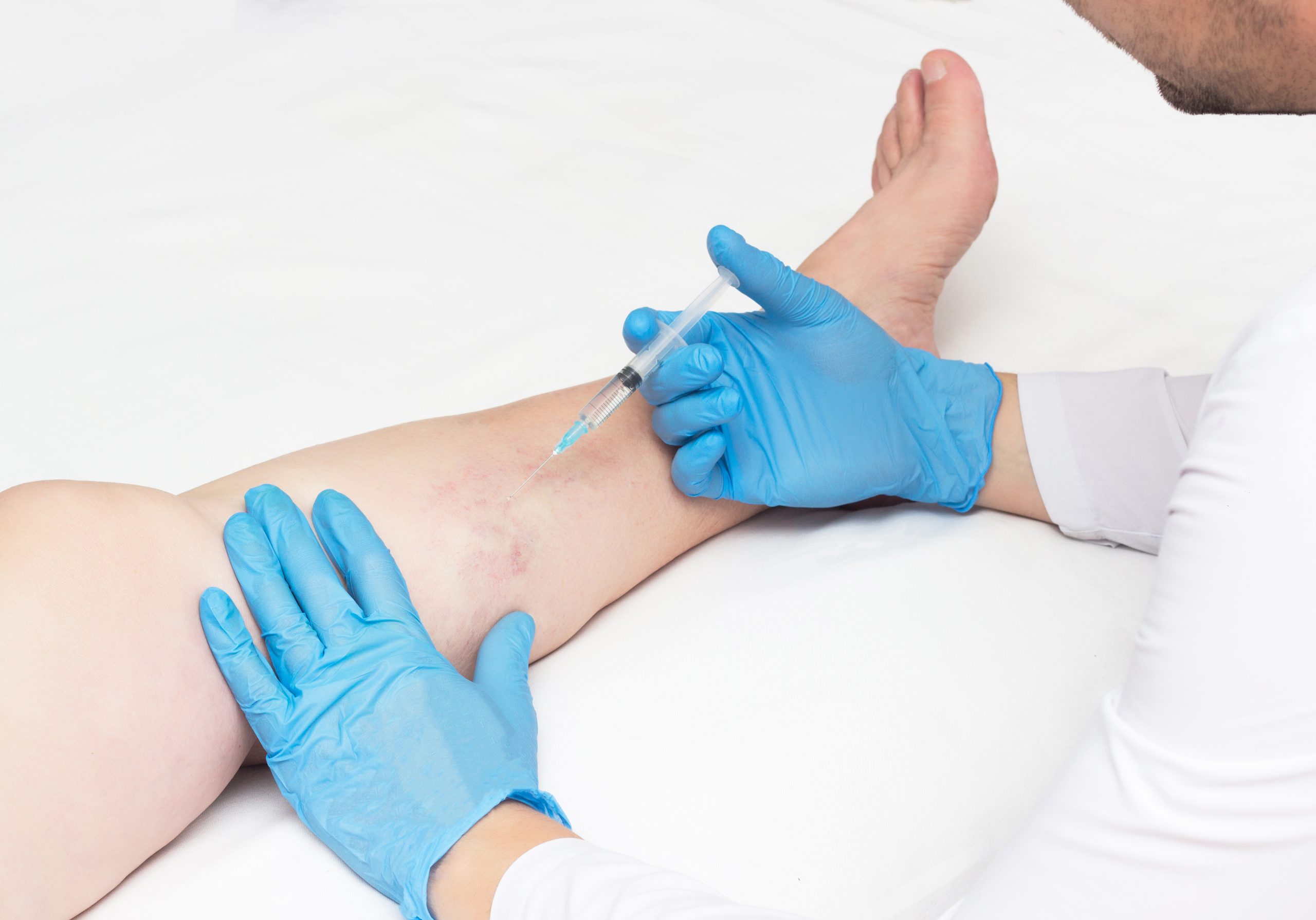If you have vein disease, your body is failing to transport blood from your legs to your heart efficiently. Here are ten signs that you could be having this problem:
1. You have twisted, rope-like veins on your legs and thighs
The first sign of vein disease that most people notice is the appearance of varicose veins. Varicose veins are basically veins that bulge out unnaturally from beneath the skin surface. While normal veins are straight and appear bluish-green in color, varicose veins are twisted or knotted, and may be dark blue or purplish in color. Varicose veins are an obvious sign that you need to see a vein doctor.

2. You have red, blue or purple streaks on your legs, ankles and feet
Many people notice red, blue or purple interlacing streaks on their legs and ankles these are called spider veins, and it is not uncommon to develop a few as you get older. However, if you have a large number of spider veins, particularly clustered around your ankles, it could be indicative of vein disease.
3. You have throbbing pain all along the length of your legs
When you have vein disease, the blood from your legs stagnates and causes your leg veins to swell up. This leads to a throbbing pain, which worsens after you have been on your feet for extended periods of time.

4. You get leg cramps at night
The stagnant blood in your legs breaks down and can release a lot of toxic products. Some of these products irritate the leg muscles, causing them to cramp painfully. These cramps usually occur at night or when you are resting; they can be severe enough to actually wake you up from a deep sleep.
5. You have heaviness and swelling of the feet and ankles after you sit or stand for long periods of time
When you have vein disease, blood tends to stagnate more in your legs when you have been sitting or standing for long periods of time. This causes your feet and ankles to swell up. You may also experience a feeling of heaviness, and your legs may ‘tire out’ quickly. If your leg swelling and heaviness improves with exercise, or after you keep your legs elevated for some time, then it is probably being caused by vein disease.
6. You have discolored patches of skin on your legs
The toxic products that accumulate on breakdown of red blood cells may accumulate beneath the skin. This causes a reddish-brown discoloration of the leg skin. The skin may also take on a thick, leathery consistency.
7. You develop venous leg ulcers
If you have been having long standing vein disease, the leg skin can break down and form venous ulcers. Sometimes, leg ulcers can also be caused by diabetes. Your vein doctor can find out the correct cause by running a few simple tests.
8. You get the urge to move your legs restlessly
Vein disease can cause a condition called restless legs syndrome. In this condition, there is an irresistible urge to move your legs. You may experience a strange sensation, such as a tingling or burning in your legs, which only goes away if you shake your legs, or walk about.
9. You have tender lumps in your legs
When blood stagnates in your leg veins due to vein disease, it tends to clot. A tender lump in your leg is usually indicative of a blood clot, especially if it is accompanied by leg swelling. It is always important to get a blood clot checked out as soon as possible. If blood clots break off and make their way to the heart through deeper leg veins, there could be disastrous health consequences.
10. You have had vein problems during pregnancy, and are planning another child
Pregnancy puts enormous pressure on your leg veins. The overall blood volume increases, and blood flow to the heart is compromised because the growing belly compresses on leg veins. Therefore, varicose veins are quite common during pregnancy. In most cases, this resolves after childbirth, but the veins never become completely normal again, and a second pregnancy can only worsen the condition. Therefore, if you have had varicose veins during pregnancy, it may be wise to get those veins fixed before you have a second child.
The Vein Treatment Clinic: Providing state of the art, holistic care for all vein problems!
If you have been wondering where to ‘find a vein clinic near me’, look no further! The Vein Treatment Clinic, one of the top vein clinics of America, offers high quality vein care for all vein problems, including varicose veins and spider veins. At VTC, you can consult with nationally renowned vein doctors, who are all board-certified physicians and highly experienced in the diagnosis and treatment of vein disease.
Our USA vein clinics are open in several key locations, including New York, New Jersey, San Francisco and Houston. To schedule a consultation at one of these locations, you can book an appointment online today!
To learn more about our accredited vein centers, please visit www.veintreatmentclinic.com. Our spider and varicose vein treatment clinics are certified by the IAC as vascular imaging centers and vein treatment centers of excellence. We have local affiliates in New York, Long Island, New Jersey, Texas and California, all of which are held to the highest standards of patient-centered, compassionate, care. We offer the latest technology at every location, and our harvard-trained medical directors lead a collaborative effort to ensure the best outcome for every patient we meet.









